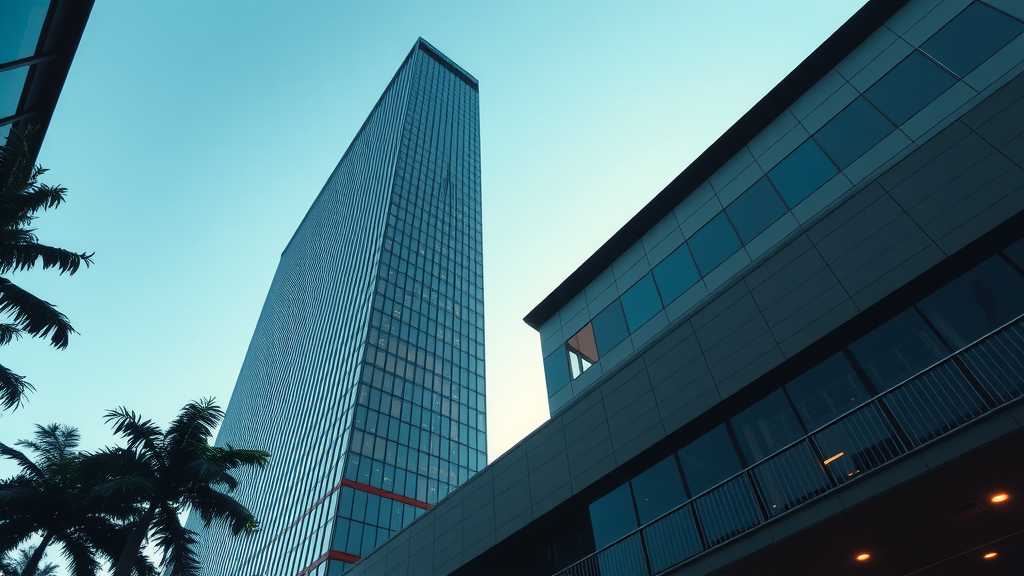How to declare bankruptcy Canada?
declare bankruptcy, Licensed Insolvency Trustee, British Columbia
Considering declaring bankruptcy in Canada? Start by connecting with a Licensed Insolvency Trustee for a free review of your finances. They’ll help you kick off the process, crafting a plan and handling the legal details. Attend meetings, complete tasks, and you’ll eventually gain a discharge, freeing most debts.

Connect with a Licensed Insolvency Trustee to declare bankruptcy.
Declare Bankruptcy Question
How to declare bankruptcy Canada?
I’m wondering how to officially declare bankruptcy in Canada and what the process involves.
From: Anonymous Question
Location: Surrey, British Columbia (BC)
Category: personal bankruptcy
Declare Bankruptcy Answer
If you find yourself contemplating bankruptcy in Canada, start by connecting with a Licensed Insolvency Trustee. They’ll give you a free, personalized review of your financial situation, taking a good look at your income slips, bank and loan documents, and any assets you own. Once they’ve got the full picture, you’ll be signing some papers like an ‘Assignment’ and a ‘Statement of Affairs’. These forms get sent off to the government and—voila!—your bankruptcy process kicks off, ensuring you’re shielded from those pesky creditors.
Next up, you’ll be sitting down for a Meeting of Creditors. Consider it a chat where you go over the nitty-gritty of your bankruptcy terms. During this time, you’ll have to hand over certain assets, tick off tasks like attending some counseling, and update your LIT about any changes in your financial circumstances. Finally, you’ll earn a Certificate of Discharge, freeing you from most debts—though a few like alimony and certain student loans might stick around.
From: Insider Scott
High cost of gas, high cost of groceries, high lending rates, low salary - being in debt is not your fault! See if you qualify for government debt programs and get out of debt today!Elimiate up to 80% of Your Debt
Office of the Superintendent of Bankruptcy (OSB) Answer
To declare bankruptcy in Canada, you must follow a process outlined in the Bankruptcy and Insolvency Act (BIA). Here are the key steps involved:
Consult a Licensed Insolvency Trustee (LIT): This is mandatory as they are the only professionals authorized to handle bankruptcy filings. They provide an assessment of your financial situation and discuss your options.
Complete a Bankruptcy Application: The LIT will help you complete the necessary documents, including the Statement of Affairs (Form 1) as per the BIA (Section 49).
File the Bankruptcy Application: Once completed, your application must be filed with the Office of the Superintendent of Bankruptcy (OSB). The LIT will submit the documents on your behalf.
Automatic Stay of Proceedings: Upon filing, you benefit from an automatic stay of proceedings, which prevents creditors from taking further action against you (BIA, Section 69.3).
Attend the Creditors’ Meeting: If required, you may need to attend a meeting organized by the LIT with your creditors (BIA, Section 102).
Complete Required Duties: You must complete obligations such as attending financial counselling sessions and submitting monthly income statements to the LIT. This is mandated by BIA (Section 68).
Discharge from Bankruptcy: After fulfilling your obligations, you can apply for your discharge, which eliminates the debts referred to in your bankruptcy (BIA, Section 137).
It’s crucial to follow these steps carefully and seek the guidance of a licensed professional to navigate the process effectively.
From: OSB Helper
Related Questions to Licensed Insolvency Trustee
Here are the top 5 most frequently asked questions related to declaring bankruptcy in Canada, along with brief answers:
1. What are the steps to file for bankruptcy?
You need to get a free debt assessment, sign the paperwork to declare bankruptcy, have the trustee file the documents with the government, complete your bankruptcy duties, and obtain your Certificate of Discharge[2][5].
2. What forms do I need to sign to declare bankruptcy?
You need to sign an “Assignment” and a “Statement of Affairs,” which include details of your assets, liabilities, income, and expenses[2][5].
3. What happens to my assets when I declare bankruptcy?
Your assets will be sold by the Licensed Insolvency Trustee, except for those exempted by provincial and federal laws, and the proceeds will be distributed to your creditors[4].
4. Do I need to stop making payments to my creditors after declaring bankruptcy?
Yes, you will stop making payments directly to your unsecured creditors, and any garnishments or lawsuits by creditors will also be stopped[4].
5. What are my responsibilities after declaring bankruptcy?
You must disclose all your assets and liabilities, attend required meetings and counselling sessions, surrender your credit cards, and assist the trustee as needed in administering your estate[4].
If you have a question about debt see our debt questions or ask your own debt related question.
References
| Title, Source |
|---|
| Government of Canada - Bankruptcy and Insolvency, Canada.ca |
| Office of the Superintendent of Bankruptcy - A Guide to Bankruptcy, OSB.gc.ca |
| Understanding Bankruptcy in Canada, Financial Consumer Agency of Canada |
| Bankruptcy and Insolvency Act (R.S.C., 1985, c. B-3), Government of Canada |
Table of article references
Elimiate up to 80% of Your Debt
High cost of gas, high cost of groceries, high lending rates, low salary - being in debt is not your fault! See if you qualify for government debt programs and get out of debt today!